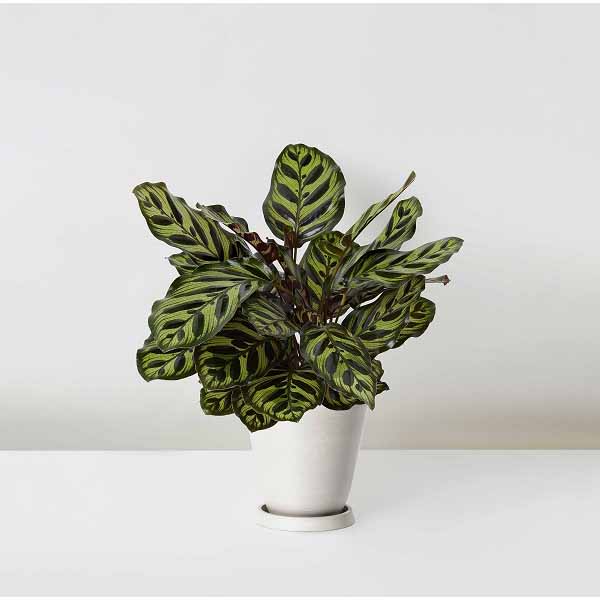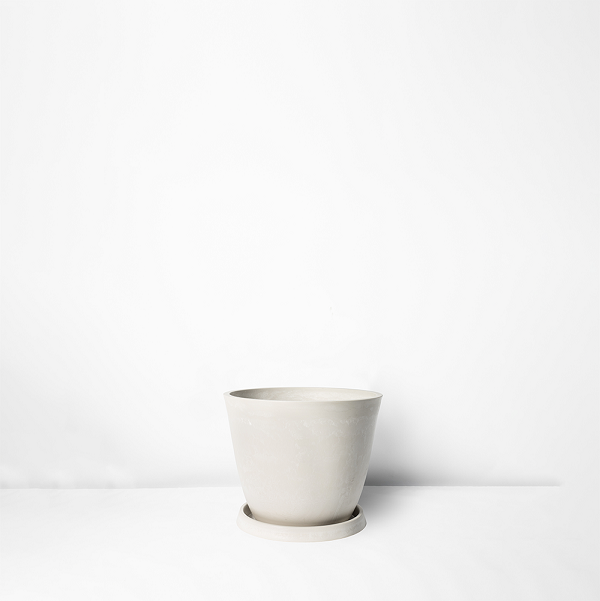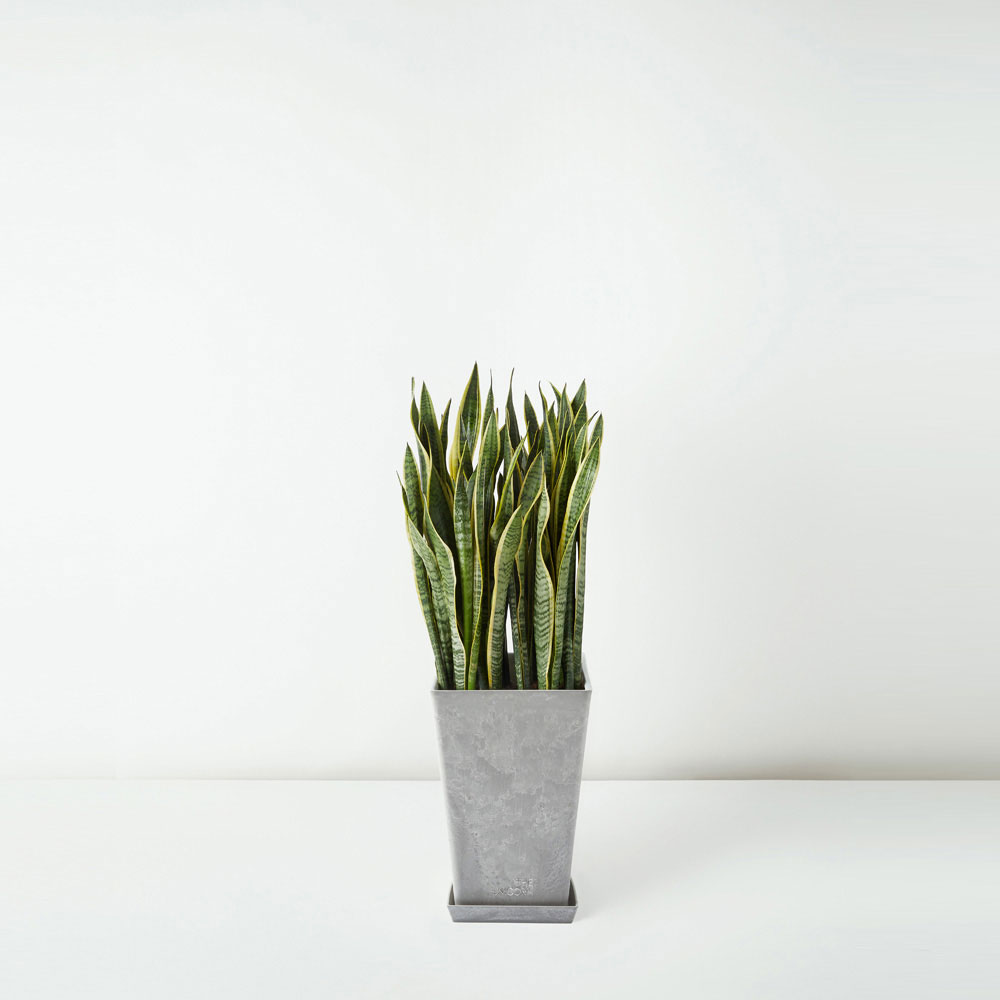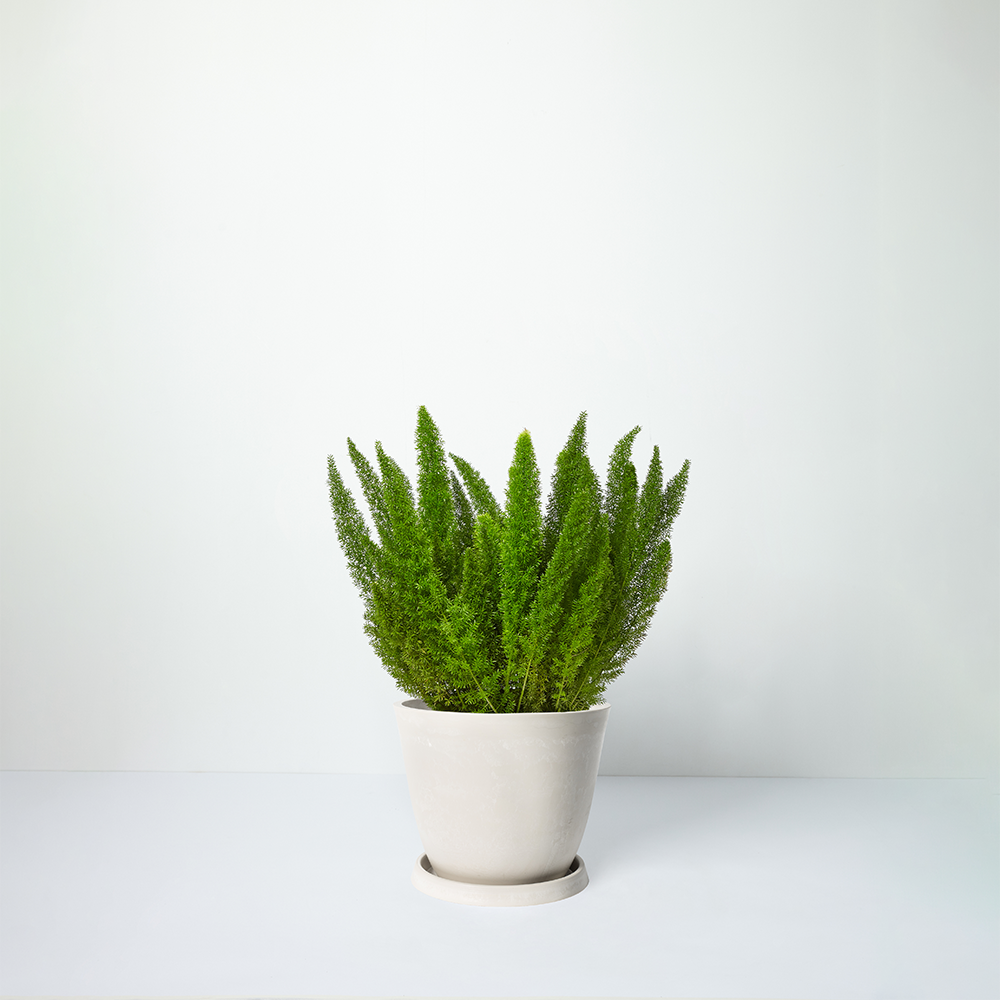How We Plant in Pots
When the plants arrive at our nursery, we do not send them to you immediately. Instead, we go through a few steps.
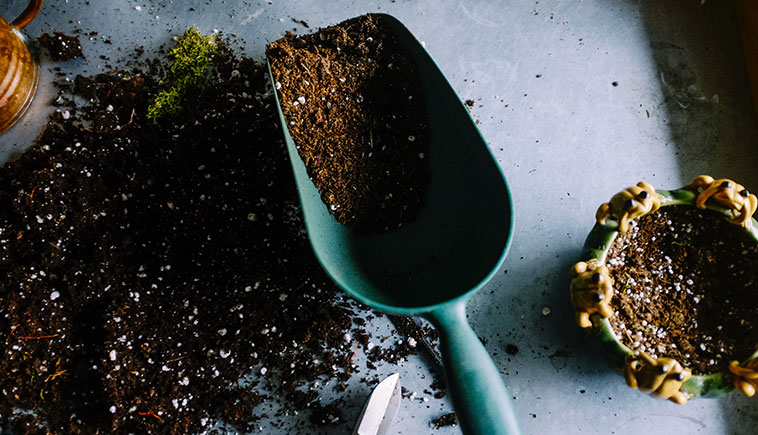
Our mixed soil included the base soil, peat, perlite, and vermiculite. The proportion of the mixture may adjust depending on the species.
#Base Soil: Relatively coarse and heavy, acidity is high, and the structure is poor. Therefore, before planting, we will do the improvement.
#Peat Soil: Contains a lot of organic matter, a strong ability to retain water and fertilizer
#Perlite: To help make the soil loose and well-drained
#Vermiculite: Also known as silicate, it is fired at a high temperature of 800 degrees. It has many internal pores, good water retention, and low thermal conductivity. it can also avoid roots burnt, naturally adjust humidity, retain fertilizer, improve acid soil to neutral, and reduce the probability of fertilizing injury.
In addition, in order to increase the circulation of plant roots and the hydrophobicity of potted plants, we will put styrofoam or ceramsite at the bottom of the flowerpot. Styrofoam is a commonly used material in the horticultural industry. We make use of recycled materials and avoid wastage. On the other hand, it can greatly reduce the weight of potted plants, convenient for moving and cleaning up the excess water in the saucer.
Some plant species, such as Sansevieria Trifasciata, Pachira Macrocarpa, and Dracaena Fragrans, are planted in very loose soil (a bit like sand) during the cultivation process. In the process of transplanting, we may not take off the cultivation pot to reduce the damage to the plant when transplanting.
Before sending out the plants, we will kill pests.(However, it does not mean that there will not be any pests in the future. Regular pest control is recommended.) Since good soil is the perfect environment for pests.
Photo Credit:
Neslihan Gunaydin on Unsplash



